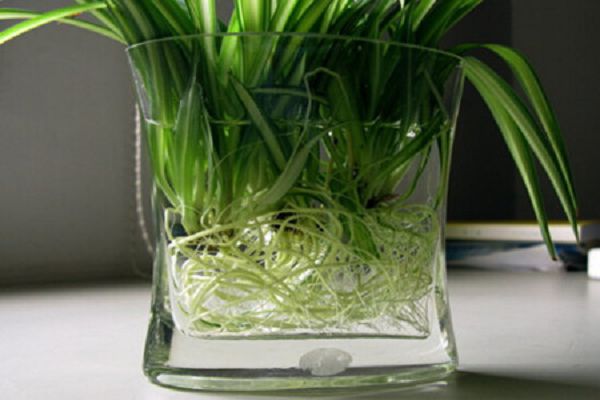Maintenance and management measures of potted flowers in October
In October, the weather is getting cooler gradually, during this period, the maintenance and management of garden potted flowers is very important, the main management measures are as follows, for reference.
First, watering
Although the weather has turned cool, in most areas south of the Huaihe River, the temperature is still above 17 ℃, and the air is quite dry, so watering of potted flowers must be managed carefully. For some foliage plants that like to be moist, such as rubber tree, orchid orchid, tortoise back bamboo, green apple, synthetic taro, ash ash wood, orchid cinnamon, hulk, ruby, etc., it is appropriate to water once a day in sunny days, supplemented by foliar spray; for summer dormant flowers that resume growth after entering autumn, including semi-dormant species, such as calla lily, cyclamen, gentleman orchid, purslane, incense, geranium, hanging bell crabapple, etc., need to increase the amount of water.
For wax plum, plum blossom and camellia that blossom in winter and early spring, watering should be controlled and more water should be sprayed to facilitate the expansion of the bud. For the cold-afraid flower species in the northern region, it is necessary to reduce watering, which can accelerate the Lignification of their new shoots, so as to facilitate their safe passage through the winter. The best watering time is 10:00 or 3pm.
II. Fertilization
For summer dormant flowers that resume growth after cool autumn, it is necessary to apply low concentration quick-acting liquid fertilizer in time; for camellia, plum blossom, wax plum, melon and leaf chrysanthemum, primrose, gentleman orchid, cyclamen, cyclamen, Belgian rhododendron, red daffodil, etc., the mixture of 0.2% potassium dihydrogen phosphate and 0.1% urea should continue to be applied. For most foliage plants, the application of nitrogen fertilizer should be stopped after the middle of October, and some low concentration potassium fertilizer should be applied properly in order to increase the cold resistance of plants; for ornamental fruit potted plants, such as daidai, lemon, kumquat, Tianzhu, winter coral, rich seeds, golden marbles and so on, a small amount of phosphorus and potassium fertilizer can be applied in the first and middle of October.
Third, shading
For some very shady foliage plant species, such as Daifen leaf, tortoise back bamboo, bamboo taro, synthetic taro, emerald, Boston fern, pepper grass, etc., they still need to be shaded 2 to 3 hours before and after noon.
4. Pruning
For most of the bonsai and potted flowers that must be moved indoors in the middle and late October, the withered branches, disease and insect branches, and thin branches should be cut off first; for the long branches, they should be shrunk in strength; the binding objects that have been modeled for 1 to 2 years can be removed, or they can be re-tied after they are untied, so that they will not be strangled and bound in a fixed position for a long time, injuring the cambium of the branches, causing the branches and leaves to die.
5. Guard against cold
In the middle and last ten days of October in the northern region, some ornamental plant species that cannot tolerate the low temperature below 10 ℃ can be moved into the greenhouse in time; for some more hardy woody potted flowers or tree stump bonsai, they can be buried in the leeward and sunny soil at the end of the month to prevent the basin soil from freezing. The Yangtze River basin should accurately grasp the information of weather changes and avoid the threat of cold wave going south.
VI. Disease and pest control
Cut off the dead branches and leaves from potted flowers and trees, collect them uniformly and burn them. For potted chrysanthemums, aphids, chrysanthemum tigers, leaf miner larvae, inchworm and other pests should be controlled.
Related
- What if the leaves of potted flowers turn yellow?
- Florescence Control of several Flowers
- Anti-freezing technology and post-freezing nursing technology of flowers
- What is the classification of flowers? What are the common methods of flower classification?
- Prevention and control of alkali and acid damage of flowers in courtyard
- Technology of Anti-freezing and restoring growth of Flower seedlings in greenhouse and greenhouse
- How does flower fertilization not hurt the root? Fertilization technology of flowers
- Key points of disinfection in flower greenhouse
- Several pesticides that are banned or used cautiously in flowers
- How to fertilize the flowers that watch the leaves?



